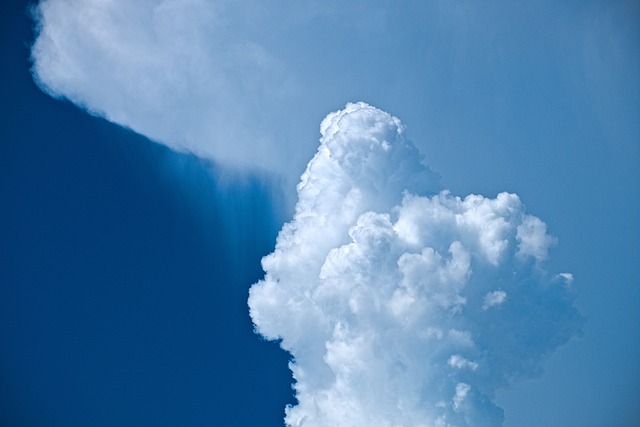A Deeper Look at the Impact of Drought: Environment and Climate Change
Drought is more than just a lack of rain; it’s a profound environmental challenge that leaves lasting scars on both nature and human life. As we grapple with the implications of drought, it becomes apparent that our climate is changing in ways that demand our attention and action.
The Environment: A Fragile Balance
When we think of drought, we often visualize parched landscapes, cracked earth, and wilting crops. These are the immediate, visual reminders of what happens when the balance of our ecosystems is disturbed. Plants rely on rainfall for survival, and when they don’t receive enough water, the entire food chain is threatened. Herbivores struggle to find sustenance, while predators face dwindling options. Forests become dry and susceptible to wildfires, and habitats that support diverse wildlife start to disappear.
Moreover, the soil, a critical component of our environment, suffers during these dry spells. Without adequate moisture, soil health declines, leading to erosion and nutrient loss. This degradation not only affects agriculture but also jeopardizes the very foundation of our land, making recovery increasingly difficult in the wake of severe droughts.
Climate Change: A Contributing Factor
The conversation around drought cannot be separated from climate change. As global temperatures rise, patterns of rainfall become more erratic. The once predictable seasons are shifting, resulting in longer dry periods interspersed with intense rainfall events that can lead to flooding. This instability not only complicates water resource management but also stresses ecosystems that are already vulnerable.
Research indicates that areas that are historically drought-prone are experiencing more frequent and severe droughts due to climate shifts. This realization adds an extra layer of urgency to our environmental efforts, as many regions grapple with water scarcity while also facing the repercussions of rising temperatures.
Human Resilience in the Face of Drought
The human experience during drought periods is filled with struggle and resilience. Communities often come together to find innovative solutions to water conservation, and agricultural practices are adapted to cope with changing conditions. However, the burden of drought disproportionately impacts marginalized populations who may lack access to resources or alternative livelihoods, highlighting the social dimensions of environmental challenges.
As we look ahead, it is vital that we acknowledge the intersections between drought, climate change, and the environment. By fostering sustainable practices, supporting science-driven policies, and investing in resilience-building measures, we can work collectively to mitigate the impacts of drought and create a more sustainable future for our planet.




